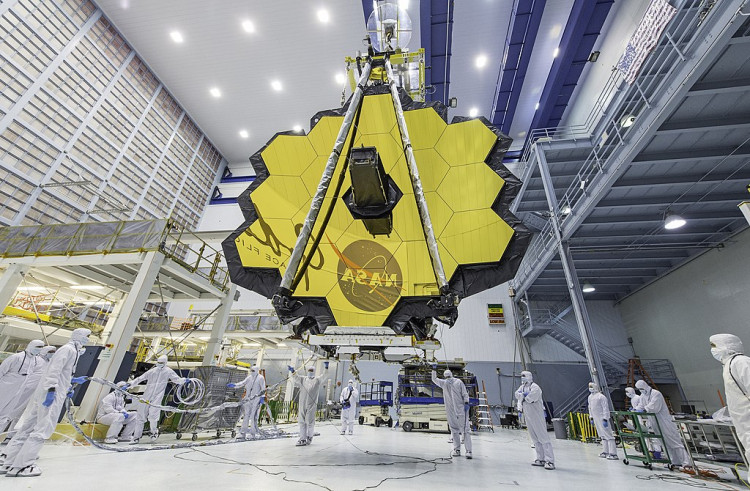The James Webb Space Telescope is about halfway through testing its instrument modes for science operations, which are set to begin in mid-July.
The James Webb Space Telescope has four advanced instruments that will allow the $10 billion observatory to see and study the most distant and oldest galaxies that formed in the early universe just a few hundred million years after the Big Bang and research their chemical structure. There are 17 science modes among these instruments, and each science mode must be tested before the telescope begins science operations in mid-July.
"As of today, 7 out of Webb's 17 instrument modes are ready for science," NASA said on Twitter.
"Each mode has a set of observations and analysis that need to be verified," Jonathan Gardner, deputy senior project scientist at NASA's Goddard Space Flight Center, explained in a blog post on May 12. "Some of the modes won't be verified until the very end of commissioning," the engineer said.
The "Where is Webb" agency webpage also includes a detailed instrument mode "check-off" list.
Webb has four main instruments, each of which can observe the universe in a variety of modes, ranging from time-series observations to simultaneous observations of multiple stars and galaxies.
Gardner stated that for each of the 17 modes, the team chose a "representative example science target" that will be observed during Cycle 1 of Webb's science operations.
"These are just examples," Gardner stated. "Each mode will be used for many targets, and most of Webb's science targets will be observed with more than one instrument and/or mode."
James Webb Space Telescope Instruments
The Near Infrared Camera (NIRCAM):
NIRCam will be critical in achieving Webb's primary goal of detecting light from the very first stars and galaxies. It is more than just an infrared camera; it also has some extra tools known as coronographs. The coronographs will allow astronomers to block out the light of a star and observe what's going on around it, making them ideal for discovering exoplanets orbiting stars.
The Near InfraRed Spectrograph (NIRSpec):
The primary tool for deciphering the chemistry of the universe is NIRSpec. It will split light from the distant universe into spectra, revealing properties of the observed objects such as temperature, mass, and chemical composition.
The Mid-Infrared Instrument (MIRI):
MIRI is a camera and a spectrograph combined, but unlike the previous two, it observes in the longer wavelengths of the mid-infrared part of the electromagnetic spectrum, making it a go-to instrument for anyone interested in studying everything from comets and asteroids on the outskirts of the solar system to newly born stars and distant galaxies. MIRI's images will be the most similar to those that made the Hubble Space Telescope famous.
The Fine Guidance Sensor/Near Infrared Imager and Slitless Spectrograph (FGS/NIRISS):
FGS/NIRISS will also help detect first light, locate exoplanets, and analyze their chemistry.





